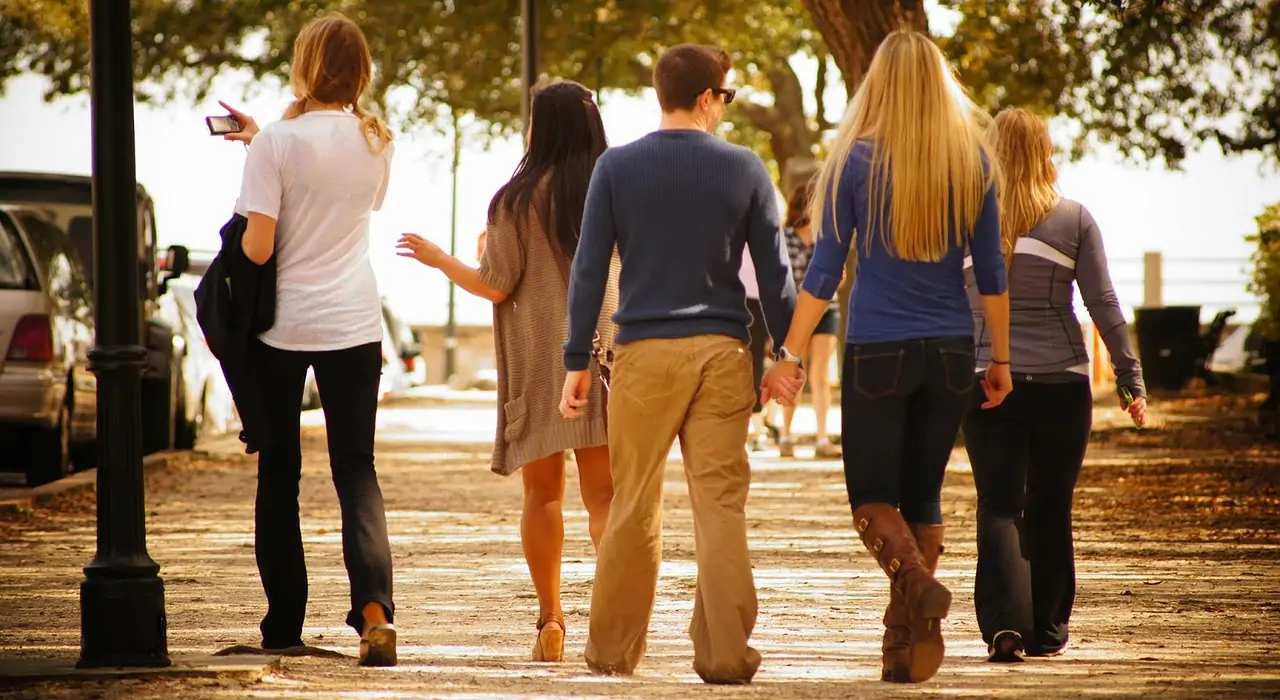Writing Task:
In many countries, a significant proportion of crimes are committed by teenagers. Why is this the case? What can be done to solve?
Task Analysis:
The question asks for the reasons behind the high percentage of crimes committed by teenagers and what can be done to address this issue. This is actually a cause-and-solution (C-S) question type, requiring identification of causes first, followed by proposing relevant solutions.
For youth crime, which have been examined many times, the common reasons often come from family issues, environmental factors, and a lack of opportunities. The solutions should focus on families, communities and other stakeholders. Strengthening family ties is important — providing resources and support for parents can make a big difference in keeping kids on the right path. Communities can also play a big role by creating safe spaces and fun activities that encourage positive interactions among young individuals. Of course, other parites, like governments, should also invest efforts in this isuse proactively.
In terms of writing structure, two body paragraphs could make a complete response addressing both causes and solutions. You can also refer to ‘Eleven Groups of Essential Crime-Related Collocations in IELTS Writing‘ to learn more about collocations in the topic of crime.
Writing Sample:
Adolescents account for a large number of crimes in many nations. Among the causes of this rise in juvenile crime are family influence, peer pressure, and a lack of positive opportunities. These factors must be addressed in order to guide young people towards better choices.
Firstly, family dynamics play a major role in youth crime. For example, teenagers from unstable or neglectful homes may lack guidance and seek acceptance elsewhere, sometimes in negative ways. Secondly, peer pressure is a strong influence, leading some teens to commit crimes to feel accepted by their friends. In addition, limited opportunities, like the absence of community programs or recreational activities, can leave teenagers with too much free time and no positive outlets, increasing the risk of criminal behavior.
Correspondingly, several measures could be taken to address this issue. Regarding the lack of family support, parents and schools could work together to provide guidance programs that foster a positive environment and teach teenagers about consequences and good decision-making. Addressing the influence of peers, communities could create safe spaces and activities, like youth centers or sports programs, where teens can build friendships in a structured setting. Finally, to tackle the problem of limited opportunities, governments and local organizations could invest in vocational training and mentorship programs, giving teenagers positive pathways and reducing the appeal of criminal activity.
While teenage crime remains a concern, understanding its causes can guide us in creating effective solutions. Preventing young individuals from breaking laws requires commitment from families, schools, and communities, emphasizing both prevention and support to help teenagers choose positive paths in life.
